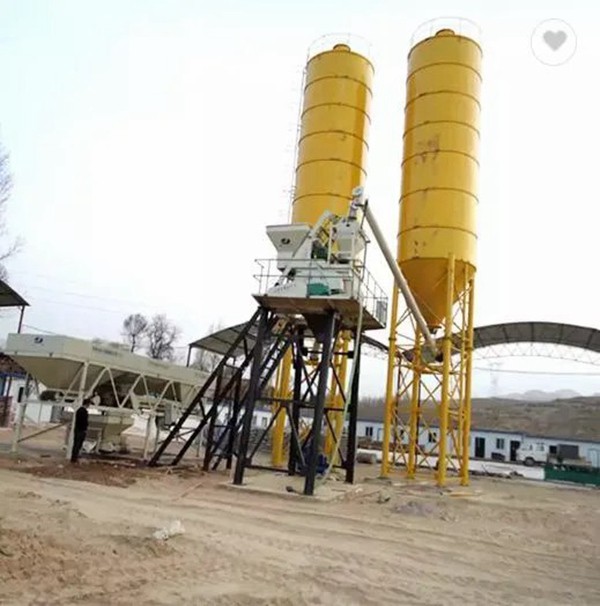Welcome!


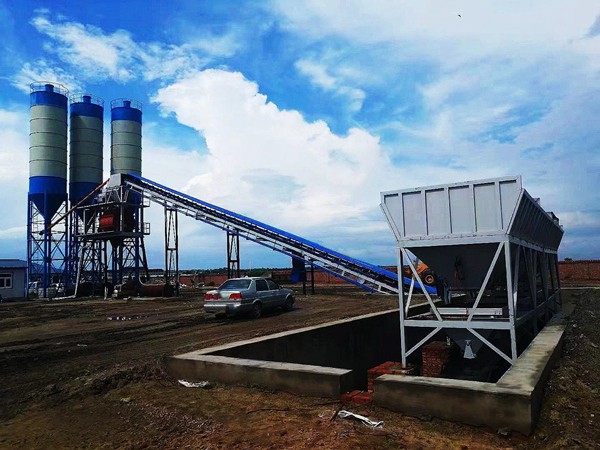



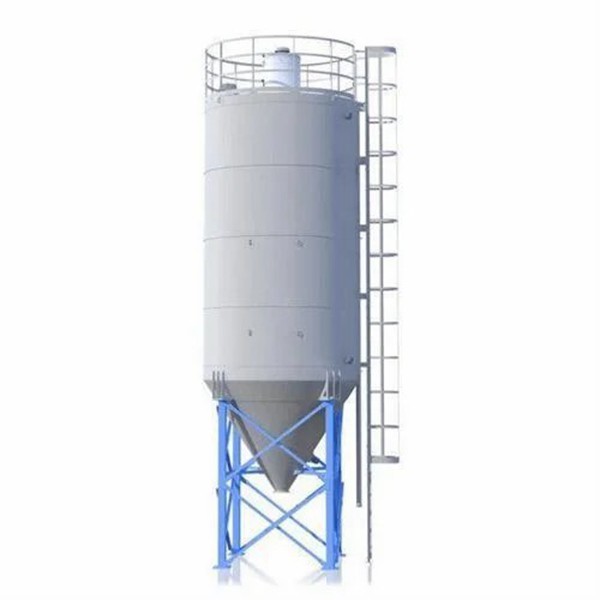
China Supplier Fixed Cement Concrete Batching Mixing Plant with Good Price
Product Description
Concrete mixing plants are indispensable in the construction industry and the lifeline of modern infrastructure. They are able to produce high-quality concrete in large quantities, coupled with technological advancements and increasing attention to sustainability, ensuring that these facilities will continue to play a critical role in shaping our built environment. Looking ahead to the future, the continuous development of concrete mixing technology is expected to bring higher efficiency, precision, and environmental responsibility to the construction industry.

The development of concrete mixing plants is marked by significant technological progress. Nowadays, many factories are equipped with advanced computer systems that can control the entire mixing process, ensuring the accuracy and consistency of the produced concrete. These systems can also store various hybrid designs, allowing for quick and easy adjustments to meet the different needs of different building projects. Concrete mixing plants are also embracing sustainable development. Innovations such as using alternative fuels and raw materials, as well as recycling waste, are helping to reduce the carbon footprint of concrete production. In addition, developing energy-efficient factory designs and utilizing renewable energy are further steps towards a greener future.

Concrete is a composite material composed of cement, aggregates (such as sand and gravel), water, and sometimes additives, and is the cornerstone of buildings. Its versatility, strength, and durability make it an important component of the construction process. Concrete mixing plants, also known as batching plants, are the core of producing this important material. They aim to mass produce concrete and ensure a stable supply of high-quality concrete for construction projects of all scales.
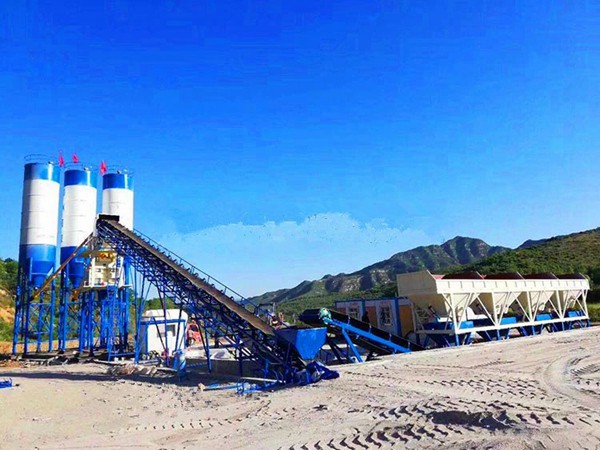
Working steps of concrete mixing plant
1. Aggregate handling: The first step involves the handling and storage of aggregates. These materials are usually stored in silos or hoppers and measured by weight or volume.
2. Cement treatment: Cement is a binder in concrete, stored in silos, and measured according to the formula of the concrete mixture.
3. Mixing: Then transport the aggregate and cement to the mixer, where they are mixed with water and any necessary additives. The mixing process ensures that all components are thoroughly mixed to obtain a consistent high-quality concrete mixture.
4. Unloading: After mixing the concrete to the desired consistency, it is unloaded into a truck mixer or truck and transported to the construction site.

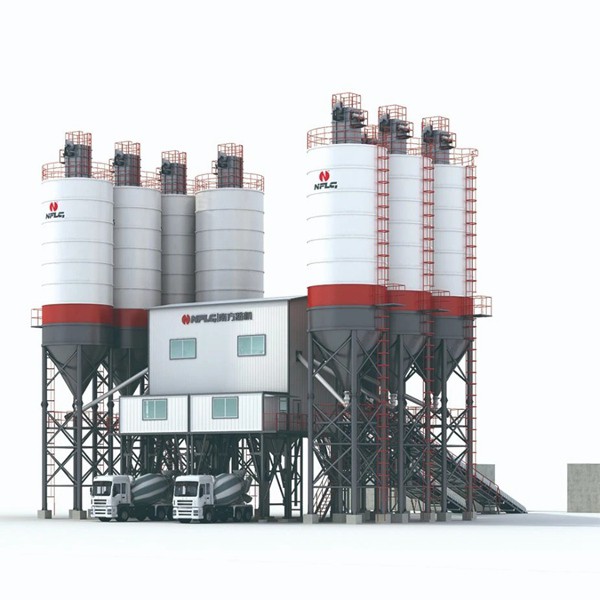
Recommended Products
Recently Viewed
 China Factory Fixed Cement Concrete Concrete Batching Mixing Plant Stationary Machine Manufacturers for Sale
China Factory Fixed Cement Concrete Concrete Batching Mixing Plant Stationary Machine Manufacturers for Sale China Supplier Fixed Cement Concrete Batching Mixing Plant for Sale
China Supplier Fixed Cement Concrete Batching Mixing Plant for Sale China Factory Drawing Stationary Ready Mixed Concrete Batching Mixing Plant with Good Price
China Factory Drawing Stationary Ready Mixed Concrete Batching Mixing Plant with Good Price China Manufacturer Fixed Cement Concrete Concrete Batching Mixing Plant Stationary Machine Manufacturers for Sale
China Manufacturer Fixed Cement Concrete Concrete Batching Mixing Plant Stationary Machine Manufacturers for Sale China Manufacturer Engineering Construction Machinery Concrete Mixing Plant Concrete Batching Plant for Sale
China Manufacturer Engineering Construction Machinery Concrete Mixing Plant Concrete Batching Plant for Sale
Contact Us
Dongyue Machinery Group Co., Ltd.


